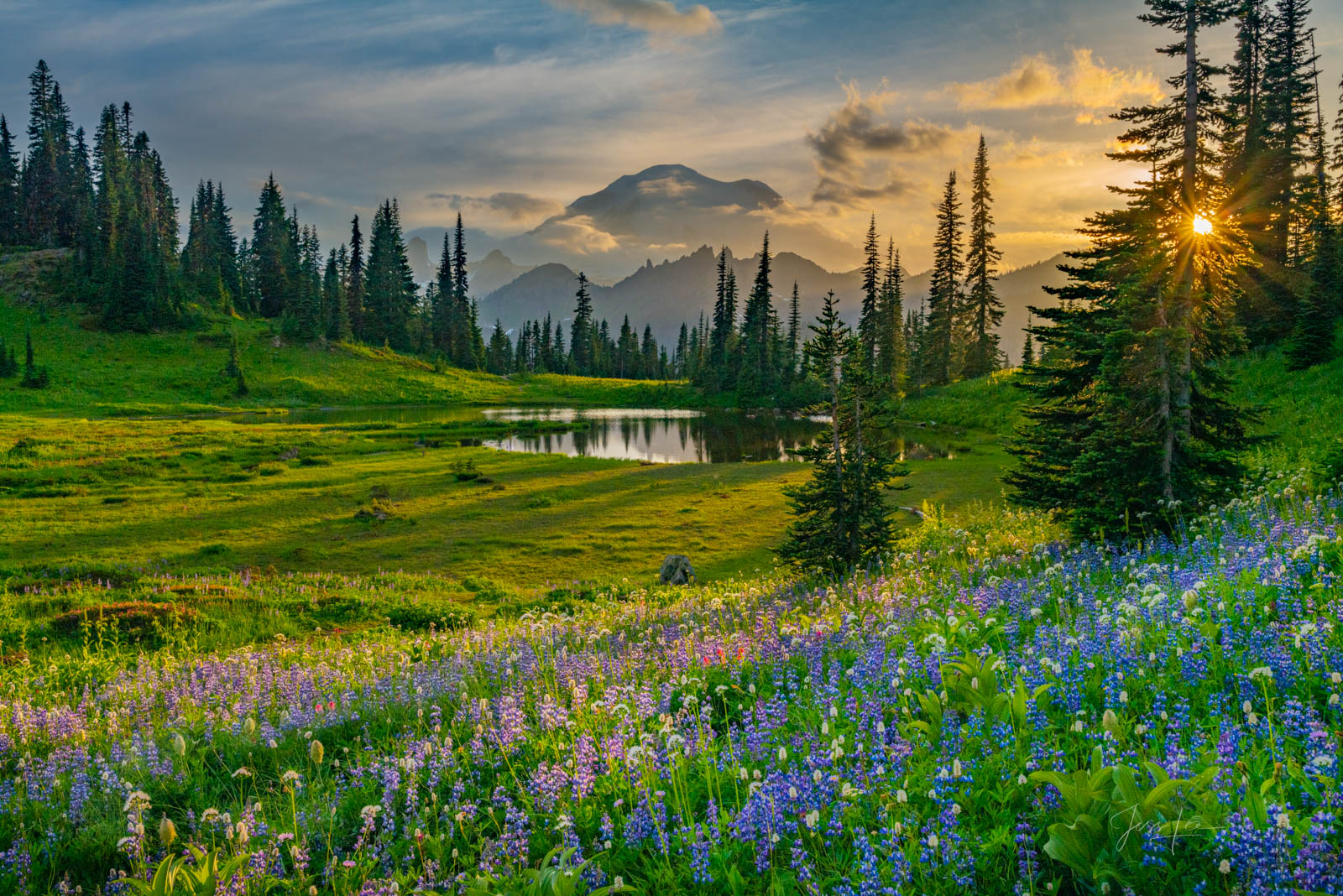Pulse of Information
Stay updated with the latest news and insights.
Chasing Light: Secrets of Stunning Landscape Photography
Unlock the secrets to breathtaking landscape photos and transform your photography skills with expert tips in Chasing Light!
Mastering Golden Hour: Tips for Perfect Landscape Photography
The golden hour is a photographer's best friend, providing a magical quality of light that can enhance any landscape. This occurs shortly after sunrise and before sunset when the sun is low on the horizon, casting warm hues and soft shadows. To truly master this enchanting time, timing is everything. Use a reliable weather app to track sunset and sunrise times in your area, and consider scouting locations beforehand. Planning your shots can make a significant difference, allowing you to capture the most stunning landscapes in the perfect light.
In addition to timing, composition plays a vital role in ensuring your landscape photography shines during the golden hour. Incorporate techniques like the rule of thirds or leading lines to draw the viewer's eye into the scene. Experiment with foreground elements, such as rocks or flowers, to create depth in your composition. Remember, the golden hour may last only a short time, but the results can be breathtaking. Always have your camera ready to capture the fleeting moments of beauty as they unfold.

The Art of Composition: Unlocking the Secrets of Stunning Landscapes
The art of composition plays a pivotal role in creating stunning landscapes that captivate the viewer's eye. Understanding the fundamentals of composition, such as the rule of thirds, leading lines, and framing, can dramatically enhance the visual impact of your photographs. By positioning key elements along the grid lines or at their intersections, you draw the viewer's attention to the most important parts of the scene. Additionally, incorporating natural lines, like roads or rivers, can lead the eye through the photograph and create a sense of depth.
Another essential aspect of unlocking the secrets of stunning landscapes is the use of foreground, middle ground, and background to build a sense of three-dimensionality. Including interesting foreground elements can add depth and context, while ensuring the background complements the overall scene is equally important. As you develop your composition skills, consider experimenting with various perspectives and viewpoints. Embrace the creative process, and remember that sometimes the most impressive landscapes emerge not just from the scenery itself, but from the thoughtful arrangement of elements within the frame.
10 Common Mistakes to Avoid in Landscape Photography
When embarking on landscape photography, many photographers unknowingly fall into common pitfalls that can hinder their artistic potential. One of the most prevalent mistakes is not paying attention to the composition of the shot. Creative framing, the rule of thirds, and leading lines are crucial elements that can elevate your photographs. Additionally, failing to scout locations can lead to missed opportunities for stunning shots at golden hour. Always invest time in researching and visiting locations beforehand to familiarize yourself with the surroundings and plan your shots accordingly.
Another frequent error is neglecting the importance of lighting. Natural light changes dramatically throughout the day, and shooting at the wrong time can result in flat and uninspiring images. Many photographers underestimate the significance of the blue hour—just before sunrise and after sunset—when the light is soft and colorful. Also, be cautious of overexposing your highlights or underexposing shadows by not adjusting your camera settings properly. Understanding your camera's exposure triangle is essential to capturing the rich details in landscape photography.